Among members of the Hudson River School of painting, Sanford Robinson Gifford (1823–1880) has long been considered one of the most brilliant painters of light and air. His art is the subject of the intimate, beautifully curated exhibition Sanford R. Gifford in the Catskills on view through October 29th at the Thomas Cole National Historic Site in Catskill, New York. Kevin J. Avery, a major specialist in the art of the Hudson River School, curated this showing of eighteen paintings of the region dating from 1846–1878, which range from Gifford’s earliest extant painting, a view of the famous Kaaterskill Falls in the Kaaterskill Clove gorge to View Near Kauterskill [sic, per the nineteenth-century spelling of the name], painted in 1878 when he was nearing the end of his life and adopted a looser and more painterly style. The exhibition purports to be the largest showing of Gifford’s work to be held so close to his childhood home in Hudson, the recently revitalized city laying directly across the Hudson River from Catskill, the home of pioneering landscape painter and dean of the Hudson River School Thomas Cole from 1825–1847.
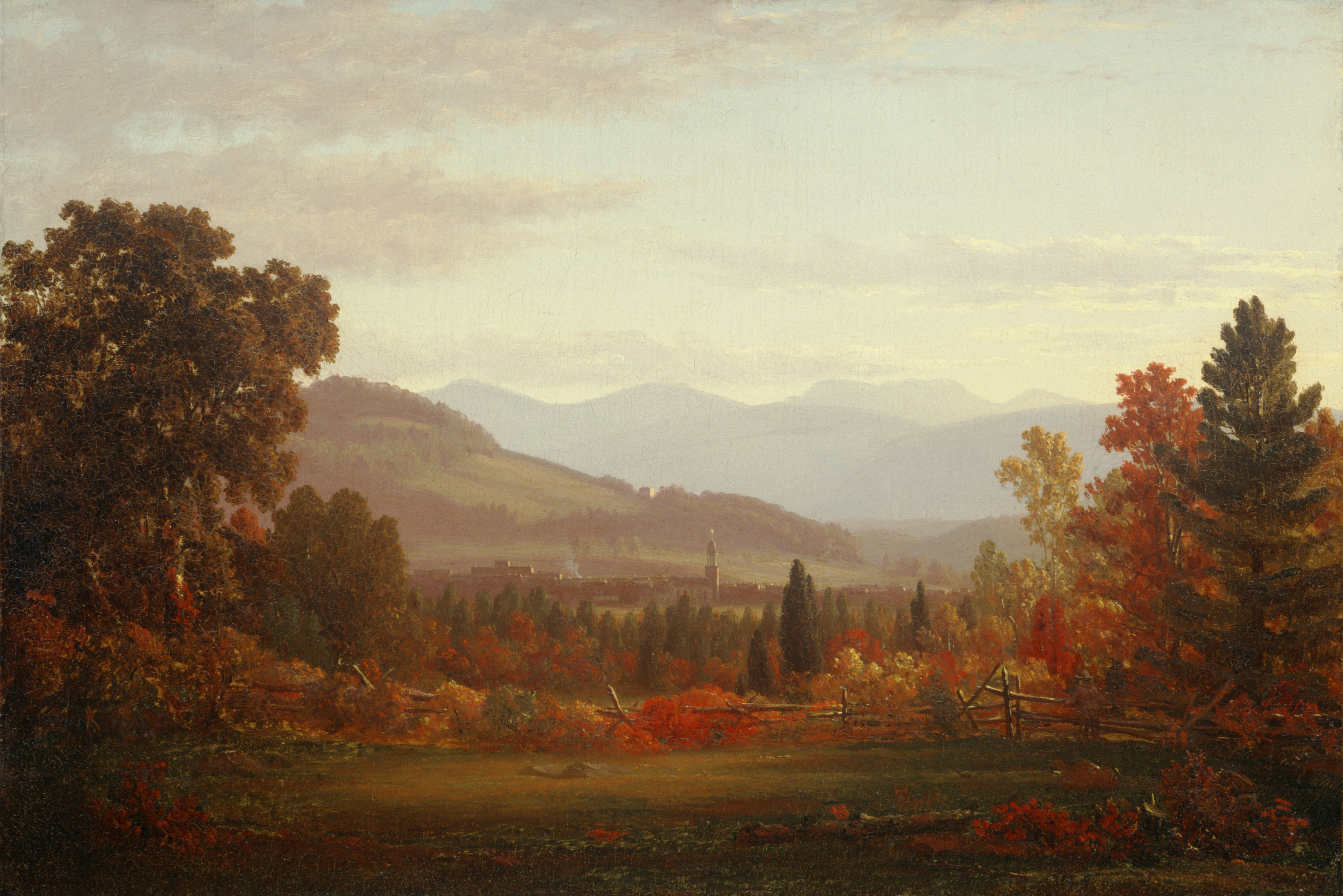
Fig. 1. Mount Merino and the City of Hudson in Autumn by Sanford Robinson Gifford, c. 1852. Albany Institute of History & Art, Gift by exchange, Governor and Mrs. W. Averell Harriman, 1998.2; all photographs courtesy Thomas Cole National Historic Site.
In 2003, Avery served as co-curator with Franklin Kelly of the retrospective exhibition of Gifford’s work that was view at The Metropolitan Museum of Art and the National Gallery of Art. His research and essay “Gifford and the Catskills” served as the touchstone for his organization of the current exhibition and the ideas expounded in his essay for the accompanying fully illustrated catalog.1 Visitors might also enjoy reading Avery’s essay written for the retrospective, which is lengthier and offers additional detail about Gifford’s fascination with the Catskills. Four of the works in the exhibition were included in the pioneering exhibition of Gifford’s art shown at the Alexander Gallery in New York in 1986. The accompanying catalog, with an essay by Gifford authority Ila Weiss, continues to be an important contributor to our knowledge of Gifford’s art and achievements.2
The second exhibition installed in Thomas Cole’s New Studio (built according to Cole’s own design), Sanford R. Gifford in the Catskills features loans from galleries, private collections and museums, including the Yale University Art Gallery, Harvard Art Museums/Fogg Museum, the Portland Museum of Art and the Albany Institute of History & Art. The showstopper is the Yale University Art Gallery’s twenty-seven by fifty-four inch Twilight in the Catskills. It is possible to see six of the views pictured in the exhibition by following the Hudson River School of Art Trail, a walking-and-driving experience that reveals nearby settings in the Hudson Valley where visitors experience the views appearing in nineteenth-century works by the artists of the Hudson River School.
*
Sanford Robinson Gifford was born in the summer of 1823 in Greenfield, New York, near Saratoga Springs. Later the same year the family settled in Hudson, where his father founded the Hudson Iron Works. He grew up within sight of Thomas Cole’s house, which he was able to witness on the other side of the Hudson River. It was only natural that Cole’s work would become the primary early source for his pictorial ideas. The aspiring artist dropped out of Brown University in 1844, and the next year he journeyed to New York City to study drawing with John Rubens Smith, attend classes at the National Academy of Design, and seek his fortune as a portrait painter. He became enamored with landscape painting during the course of a sketching trip to the Catskills and Berkshires in 1846, and fueled by his admiration for Cole’s art, he decided instead to become a landscape specialist.
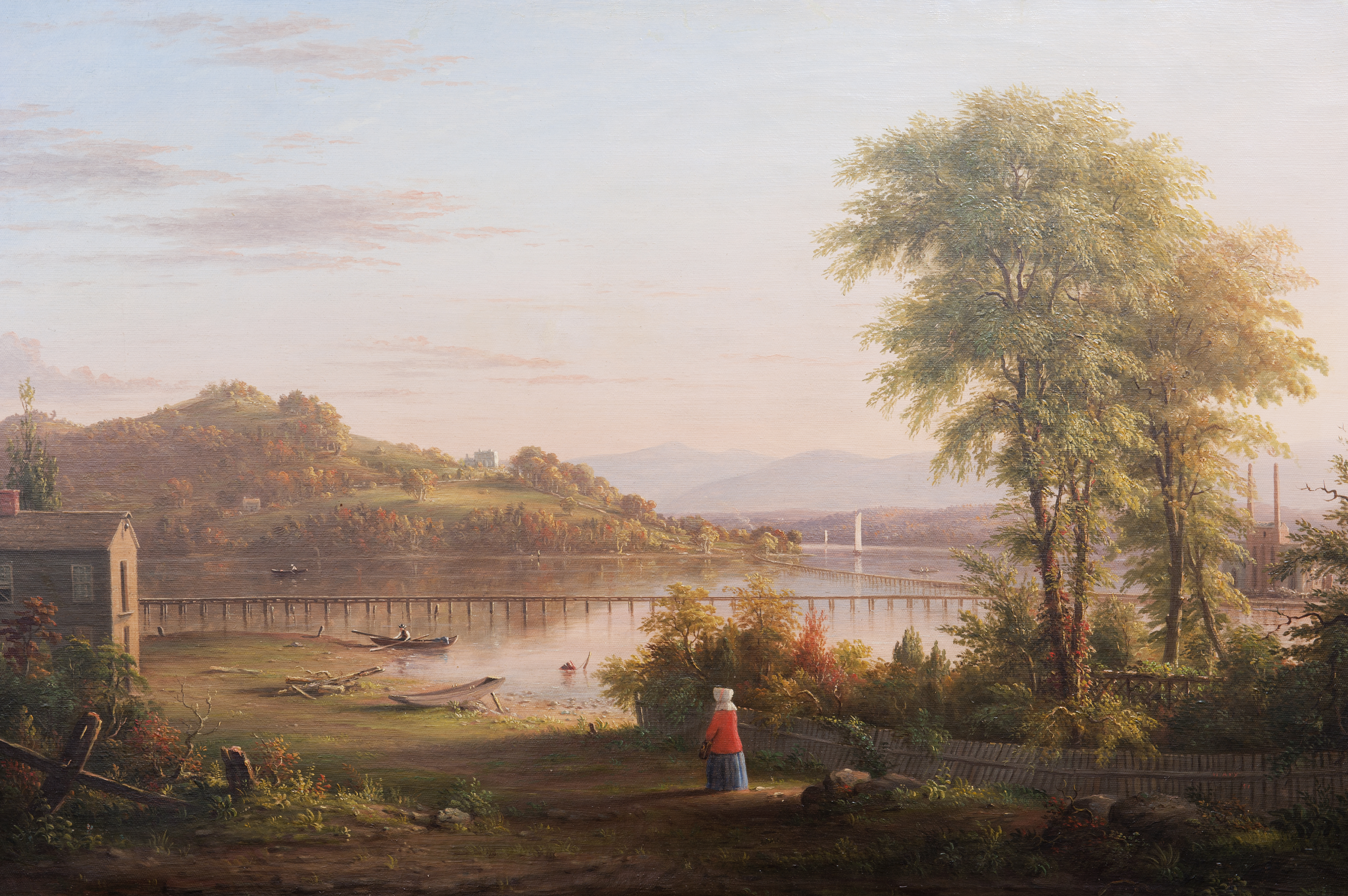
Fig. 2. South Bay and Mount Merino by Henry Ary, 1851. Private collection; Photo by Karl Rabe.
Gifford depicted over a hundred sites in the Catskills—including over sixty of the Hudson River and its environs. He was also a chronicler of other areas of New York State, including the Adirondacks and the Shawangunk Mountains. Of the list of approximately seven hundred pictures by the artist noted in The Metropolitan Museum of Art’s memorial catalog of 1880 of Gifford’s works two hundred and fifty feature New York subjects. The landscape painter Worthington Whittredge, who was introduced to the Catskills by Gifford, remarked at his friend’s memorial: “As an artist he was born in the Catskill Mountains. He loved them as he loved his mother, and he could not long stay away from either. No autumn came when he did not visit them, and for a long period of his artist life he went in summer to the Catskills as a boy goes to school.”3 He further remarked that as a youth Gifford gazed across the river at the house of Cole “which lighted up the path he was to follow.”4
Among the earliest paintings in the exhibition is Mount Merino and the City of Hudson in Autumn of about 1852 (Fig. 1), which features an image in the middle distance of the tower of the Hudson Academy, the private preparatory school Gifford attended as a boy. In the early 1850s, the young artist frequently depicted the town of Hudson and nearby Mount Merino (named for its grazing sheep), typically including a view of the Catskill Mountains in the background of his compositions. In his catalog essay for the current exhibition Avery points out that in this canvas Gifford “managed, wittingly or not, to link his own early cultivation with the hills that had already beckoned him artistically and would continue to do so throughout his life.”5
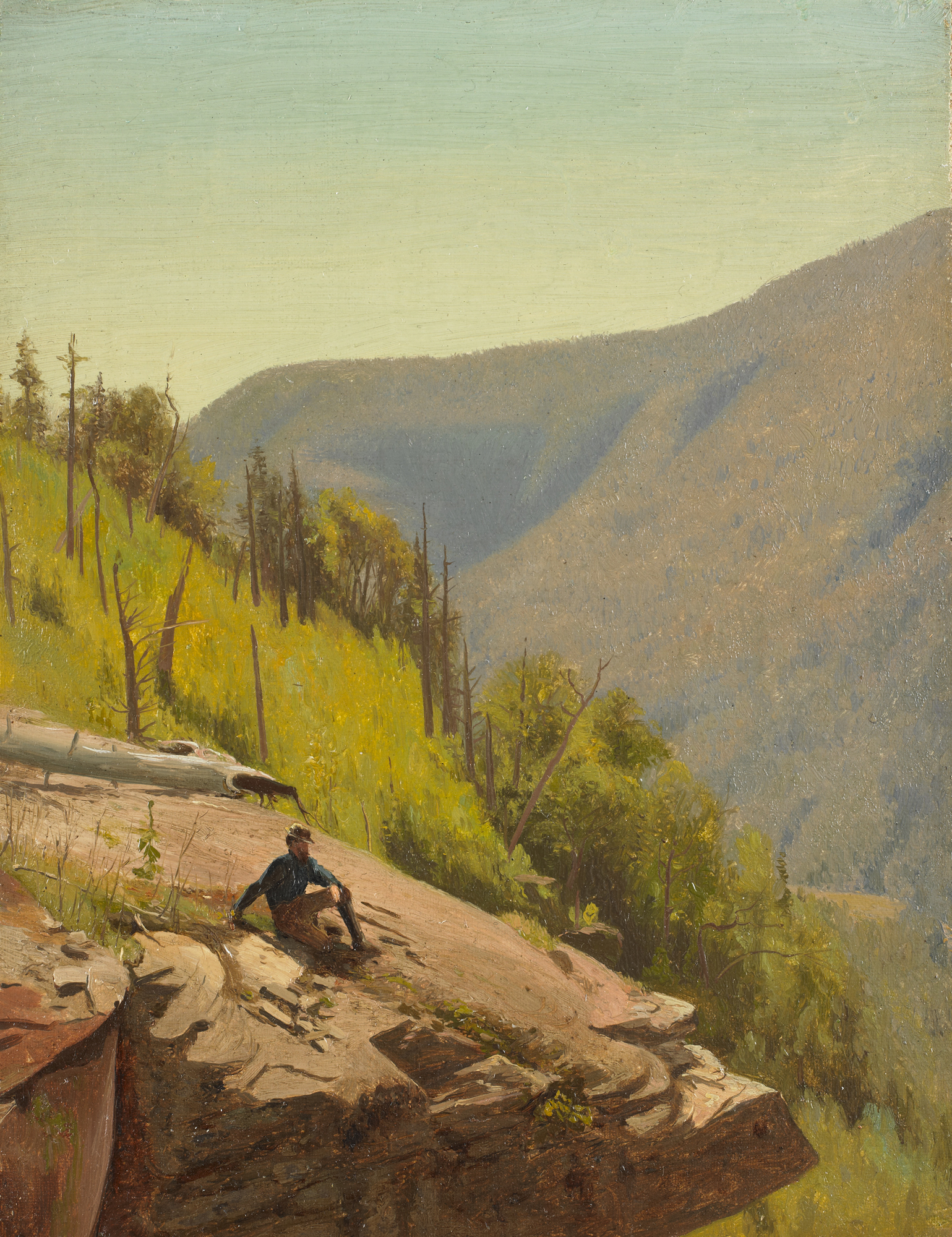
Fig. 3. Summer Hills, Kauterskill Clove by Jervis McEntee, 1868.
Included in the exhibition is Henry Ary’s South Bay and Mount Merino of 1851 (Fig. 2), which includes a glimpse at lower right of the Hudson Iron Works, which Gifford’s father co-founded and for which he long remained a trustee. The iron works stood at the edge of the city’s harbor (then known as South Bay). It is likely that the Hudson-based Ary served as Gifford’s art teacher during the early 1840s. Later he went on to teach art to Gifford’s sister Mary at the Hudson Female Academy. Ary and Gifford joined together on sketching trips to the Catskills. In a pencil drawing by Gifford of 1849, which is reproduced in the exhibition catalog, Ary is pictured seated on a rock along the Schoharie Kill.

Fig. 4. Double Self Portrait by Gifford, 1853.
Gifford himself is pictured seated on a rocky outcropping in Jervis McEntee’s Summer Hills, Kauterskill Clove of 1868 (Fig. 3), which is also included in the exhibition. McEntee was born and raised downriver from Hudson in Rondout, located a short distance south of the Catskill Mountains, on the western side of the Hudson River. Of Gifford’s work McEntee opined “The poetic soul revels in the sunshine and the air, seeking everywhere the expression of its serene joy.”6 Gifford’s double self-portrait drawing of 1853 is featured in the exhibition (Fig. 4), and pictures the artist looking amiably and warmly out at the viewer. Reportedly Gifford was reflective, calm, sensitive and capable of deep feeling. Ila Weiss has referred to him as a man of a few well-chosen words, who “appreciated the mystery and suggestiveness of inexplicitness . . . .”7

Fig. 5. Kauterskill Falls by Gifford, 1846. SCAD Museum of Art, Savannah College of Art and Design, gift of Dr. Paul and Mrs. Mindy Bradley; photography by John McKinnon.
The aforementioned Kauterskill Falls (Fig. 5) was painted from a perch on Horseshoe Ledge, west of the famous cascade. The falls have long been a requisite stopping place for tourists to the region, as well as a favorite subject of painters. Gifford may have been aware that the falls was the subject of one of the first landscapes Cole painted in New York State. Gifford’s painting was created at a time when Cole was taking a renewed interest in depicting Catskills scenery. Gifford may have met the older artist when the two were sketching in the region in 1845. Gifford’s painting resembles the plein air motifs painted in the woodlands of the Catskills by Asher B. Durand. Generally, Gifford preferred to paint subjects off the beaten path, both to tourists and fellow artists. He essayed Kauterskill Falls only twice more—both times in 1871 during a stay near the top of the falls at Laurel House.

Fig. 6. Twilight in the Catskills by Gifford, 1861. Yale University Art Gallery, gift of Joanne and John Payson in memory of Joan Whitney and Charles Shipman Payson, Class of 1921, and in honor of Joan Whitney Payson.
During the Civil War Gifford often pictured the Catskills. From 1861–1863, he served three tours of duty with the Seventh Regiment of the New York State National Guard. While on tour he longed to be with his family in Hudson and to go on sketching excursions in the region. During breaks from the National Guard he went on campaigns in the Catskills and nearby Shawangunk Mountains and Adirondacks. At the end of his military tour in 1862 he related to his friend Jervis McEntee that he didn’t think he could “feel quite easy in my conscience to go to [New York City] without paying my respects to the [Catskill] mountains.”8
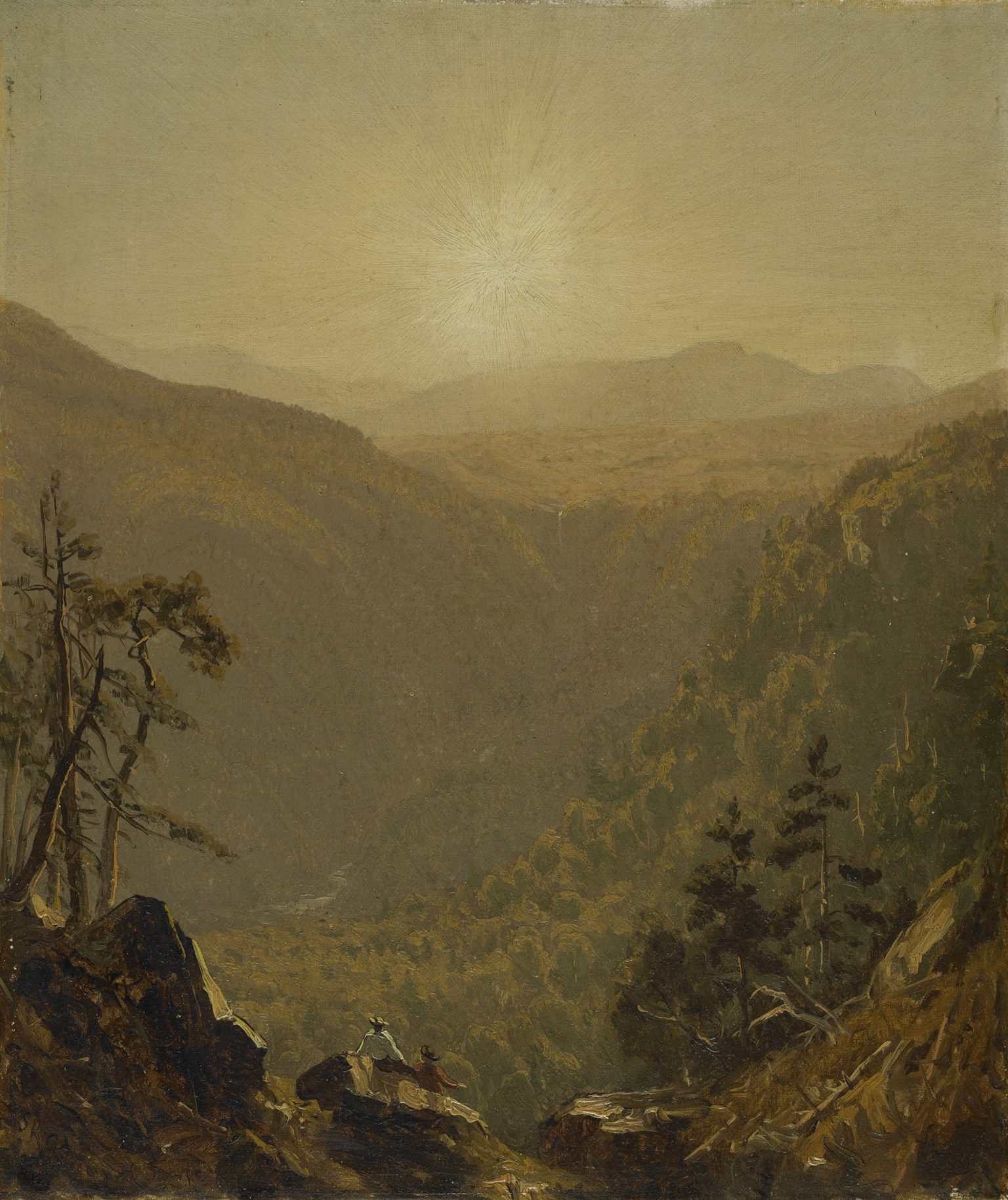
Fig. 7. A Sketch in Kauterskill Clove by Gifford, c. 1861. Harvard Art Museums/Fogg Museum, gift of Sanford Gifford, M.D.; photograph © Imaging Department, President and Fellows of Harvard College.
Twilight in the Catskills (Fig. 6) was discovered in the late 1990s after it had been absent from public view since it was shown to great fanfare at the 1861 annual exhibition of the National Academy of Design. Frederic Edwin Church’s Twilight in the Wilderness (1860, Cleveland Museum of Art) emboldened Gifford to create a dramatic, sublime and elegiac view of the Kauterskill Clove on the eve of the American Civil War. In this work, Gifford made a conscious and determined break from the interest he had developed under the influence of Joseph Mallord William Turner in picturing opalescent atmospheric effects and placing an image of the setting sun along the central axis of his compositions. Art critic and writer George Sheldon adroitly referred to this large and emotionally powerful painting as “lowering, strange, almost awful.”9

Fig. 8. The Catskill Mountain House by Gifford, 1862.
A Sketch in Kauterskill Clove (Fig. 7) served as a sketch for Gifford’s well-known A Gorge in the Mountains (1862, The Metropolitan Museum of Art), and is infused with the artist’s standard love of radiant and golden effects. Gifford painted the Kauterskill Clove more times than any subject. Here is pictures the clove from the east. This is the flip-side of the view of the clove favored by Cole and Durand, who pictured the area from the west where it opens out into the Hudson River Valley. In The Catskill Mountain House of 1862 (Fig. 8), Gifford also pictured a popular landmark in an unique way. He emphasized the famous hotel’s chief attraction—its panoramic view of the Hudson River Valley—rather than the architectural grandeur of the hotel. The view became a subject of special interest following the publication in 1823 of James Fennimore Cooper’s novel The Pioneers, which included Natty Bumpo’s paean to the remarkable view of the Hudson River and the Berkshire and Taconic ranges from Pine Orchard.
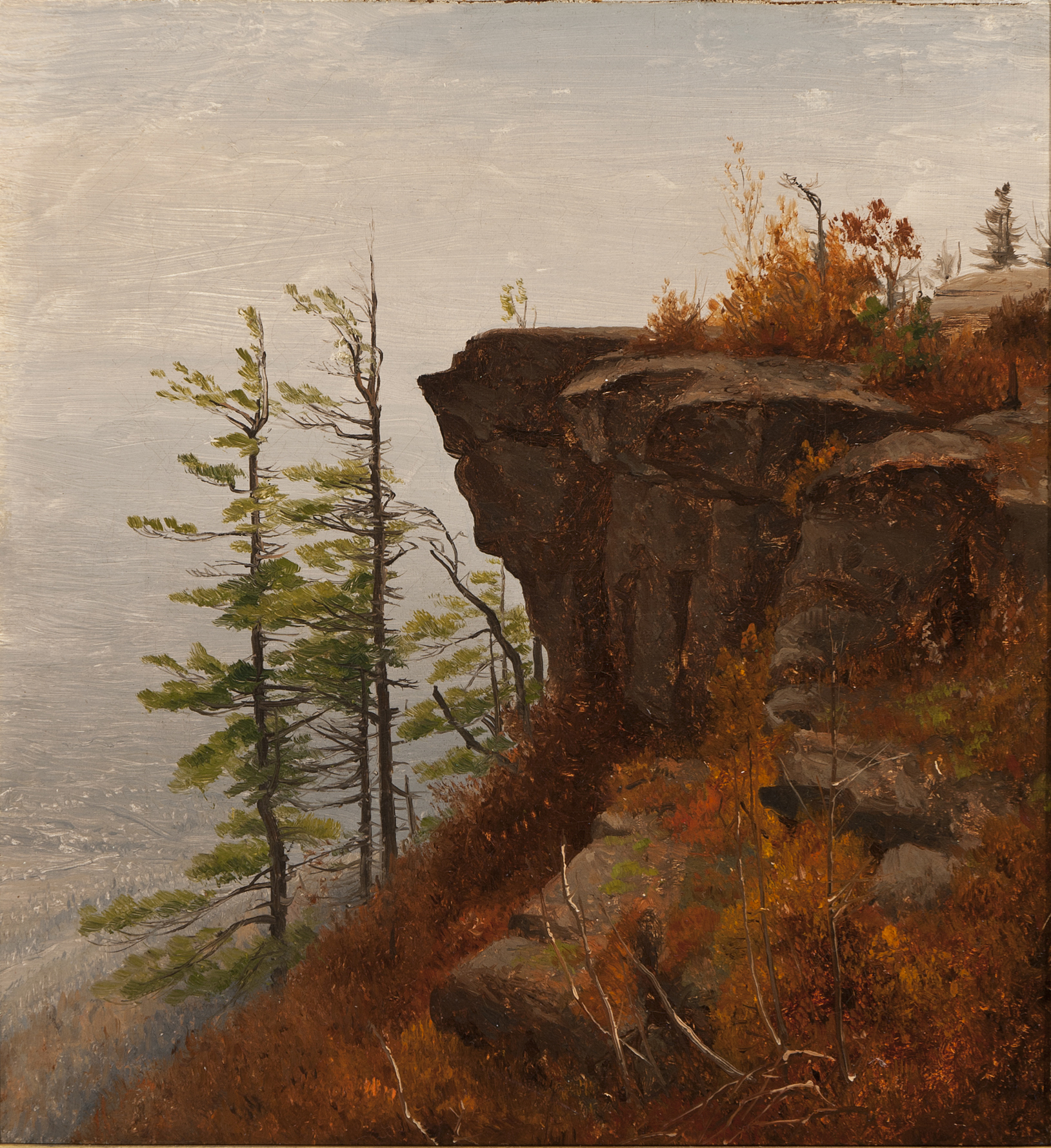
Fig. 9. A Ledge in the Catskills by Gifford, c. 1860.
Other exhibition highlights dating from the early 1860s include A Ledge in the Catskills (Fig. 9), which features a view of a rocky outcropping, looming to the right of a distant, misty blue-gray rendering of the Kauterskill Clove. A Sketch of the Old Tannery in Kauterskill Clove (Fig. 10) includes the wooden ruin of a tannery in the foreground, and alludes to the collapse of the tanning industry in the Catskills in the decades after the Civil War. Also included is a panoramic study of 1864 of the wave-like Trapps of the Shawangunk Mountain range, located south of the Catskills. Gifford was one of the earliest artists to recognize the Shawangunks beauty and potential for artistic exploration. As in four other works in the exhibition, the sun hangs just above the horizon in the painting, where it floods the sky with bright and radiant light.

Fig. 10. A Sketch of the Old Tannery in Kauterskill Clove by Gifford, c. 1860.
A Sketch of Hunter Mountain, Twilight (Fig. 11) dates from October 1865, five months after the end of the Civil War. The picture is one of three preparatory oils for Gifford’s large and well known oil Hunter Mountain, Twilight (1861, Terra Foundation of American Art), exhibited at the 1866 annual exhibition of the National Academy of Design and at the Paris Universal Exposition of the following year. Hunter Mountain rises in the background bathed in twilight. Visible in the foreground are the devastating effects perpetrated on Catskill landscape by the local tanning industry. The painting’s somber mood, crepuscular treatment of light, and ravaged foreground of rocks, fallen trees and tree stumps may be a general reflection of his emotional response to the conclusion of the bloody and tragic Civil War, Abraham Lincoln’s assassination, and the death of Giffords two brothers in the course of the early 1860s, one by suicide and the other following an escape from a confederate prison camp.

Fig. 11. A Sketch of Hunter Mountain, Twilight by Gifford, 1861.
In the late 1860s and 1870s Gifford specialized in painting European landscape subjects and scenes farther afield in in Egypt, Turkey and Greece. His art was caught up in the wake of enthusiasm for views of popular sites abroad that emerged following the Civil War. Gifford continued to visit the Catskill Mountains, but his Catskill subjects diminished in terms of their number, scale and ambition. Most of his later pictures of the region are sketches, studies or small cabinet paintings. Included in the exhibition are two Catskill paintings dating from the 1870s. Study for the View from South Mountain in the Catskills of 1873 (Fig. 12) features a panoramic view in the direction of Sunset Rock and Kauterskill Falls. This work was the source for Robert Hinshelwood’s engraving South Mountain – Catskills published in The London Repository, which is also on view. View Near Kauterskill Clove of 1878 (Fig. 13) demonstrates Gifford’s new looser and richer handling of pigment, a reflection of his openness to a more contemporary style of painting and his embrace of autumn as a time when the forest undergoes a colorful transformation.
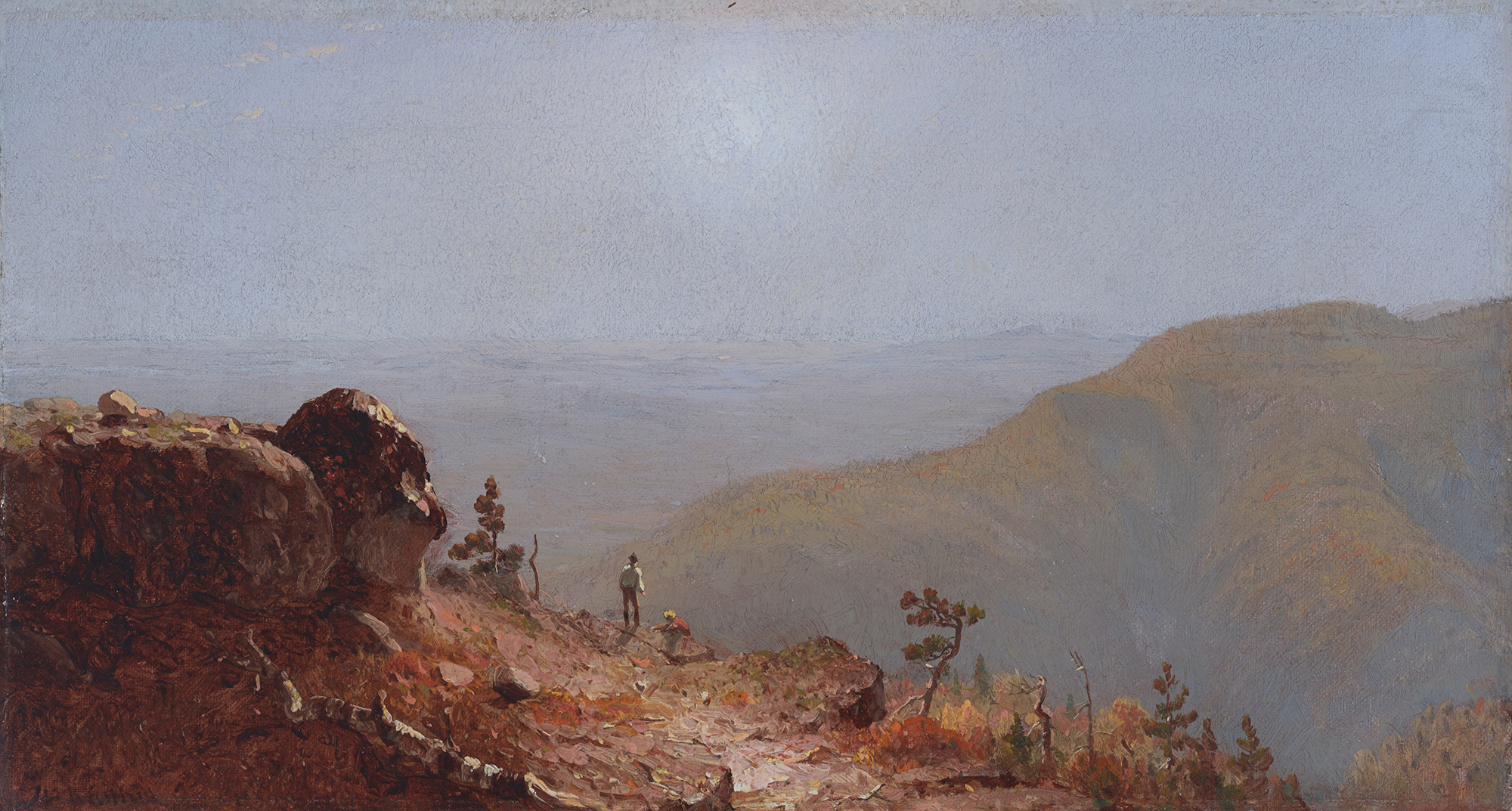
Fig. 12. Study for View from South Mountain in the Catskills by Gifford, 1873.
Sanford G. Gifford in the Catskills celebrates the Hudson River School painter’s love and devotion to the Catskill Mountains, and his special talent for creating a unifying veil of color, light and atmosphere. Art writer and critic George Sheldon termed Gifford’s style of landscape painting “air painting,” because of the artist’s predilection for disintegrating form in the middleground of his compositions.10 The art writer and artist Samuel Isham, on the other hand, applauded Gifford for his sensuality, and interest in basing pictures around artistic problems. Though “air painting,” and coming up with solutions to artistic problems, lay at the heart of Gifford’s artistic process he never strove far from infusing nature, light and atmosphere with mystery, beauty and poetry. In many ways, Gifford was the poet painter of the Hudson River School.

Fig. 13. View Near Kauterskill Clove by Gifford, 1878.
Bruce Weber recently authored a book-length essay entitled “A Timeless Perfection: American Figurative Sculpture in the Classical Spirit” for The Westmoreland Museum of American Art, celebrating a recent gift from Dr. Michael L. Nieland. There is an accompanying exhibition opening in early October.
1. Kevin J. Avery, “Gifford and the Catskills,” essay in Kevin J. Avery and Franklin Kelly, eds., Hudson River School Visions: The Landscapes of Sanford R. Gifford (New Haven and London: Yale University Press, 2003), pp. 25-51. 2. Sanford R. Gifford (New York: Alexander Gallery, 1986). 3.“Address by W.[orthington] Whittredge,” Friday evening, Nov. 19, 1880, in Gifford Memorial Meeting at the Century (New York: Century Association, 1880), p. 43. Ibid. 4. Kevin J. Avery, “‘As an Artist He was Born in the Catskill Mountains’ Sanford Gifford’s Home Range,” essay in Sanford R. Gifford In the Catskills (Catskill, New York: Thomas Cole National Historic Site, 2017), p. 11. 5. “Address by Jervis McEntee,” Gifford Memorial Meeting at the Century, p. 56. 6. Ila Weiss, “Reflections on Gifford’s Art,” essay in Sanford R. Gifford, n.p. 7. Sanford R. Gifford to Jervis McEntee, October 8, 1862, Hudson, New York, Archives of American Art, Smithsonian Institution, Washington, D.C., microfilm reel D10, frame 439.h 8. Sheldon is quoted in Avery, “Gifford and the Catskills,” p. 37. 9. George W. Sheldon, American Painters, with One Hundred and Four Examples of Their Work Engraved on Wood (New York: D. Appleton and Company, 1881), p. 17. 10. Samuel Isham, The History of American Painting (New York: The Macmillan Company, 1905), p. 248

